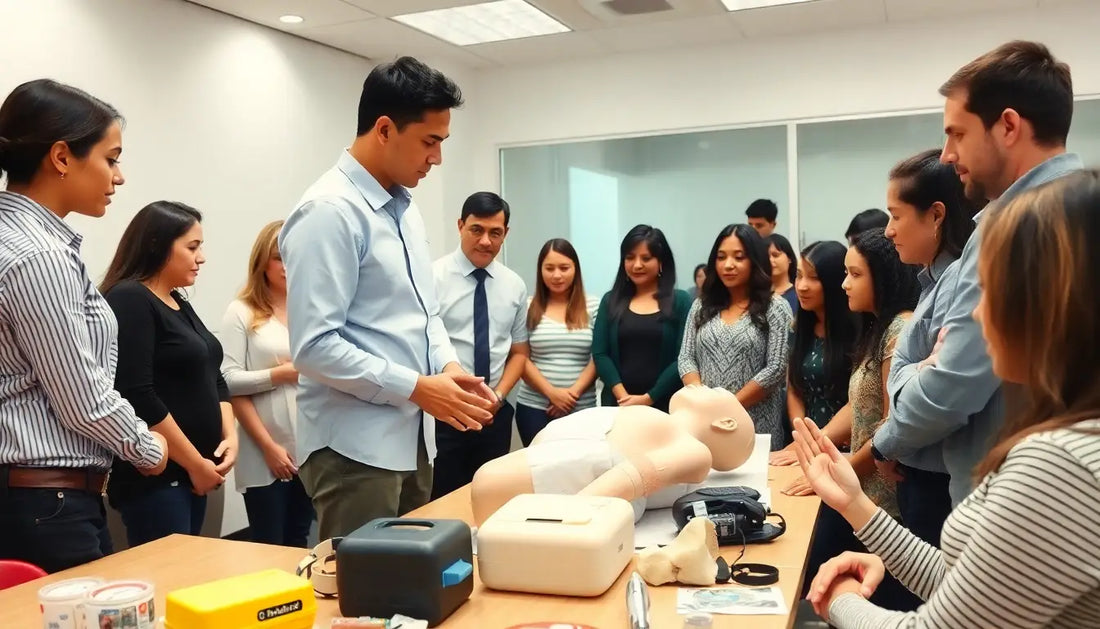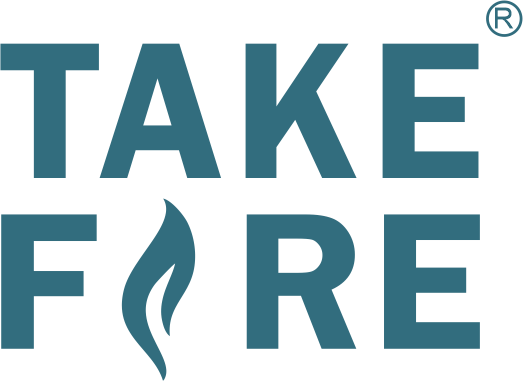
First Aid Fundamentals: Critical Skills for Any Crisis Situation
TF AdventureIn a world where unexpected emergencies can strike at any moment, having a solid foundation in first aid knowledge and skills is essential. Whether you're a outdoor enthusiast, a parent, or simply someone who wants to be prepared, mastering the fundamentals of first aid can mean the difference between life and death. In this comprehensive blog post, we'll explore the critical first aid skills that everyone should possess, equipping you with the confidence and know-how to respond effectively in any crisis situation.
Understanding the Basics of First Aid
First aid is the immediate care and treatment provided to an individual who has suffered an injury or is experiencing a medical emergency. It's a crucial bridge between the initial incident and the arrival of more advanced medical care. By understanding the basic principles of first aid, you can learn to assess the situation, prioritize the most pressing needs, and take appropriate action to stabilize the victim until professional help arrives.
Assessing the Scene
The first step in any first aid scenario is to assess the situation and ensure the safety of both the victim and the responder. This involves quickly evaluating the environment, identifying any potential hazards, and taking necessary precautions to prevent further harm. Recognizing and mitigating risks is a crucial aspect of effective first aid.
Establishing Priorities
Once the scene is secured, the next step is to conduct a primary assessment of the victim's condition. This involves quickly checking for life-threatening issues, such as airway obstruction, breathing difficulties, and severe bleeding. By establishing these priorities, you can focus your efforts on the most critical needs and provide the appropriate first aid interventions.
Providing Immediate Care
With the scene secured and the victim's condition assessed, you can begin to administer the necessary first aid. This may include techniques such as CPR (Cardiopulmonary Resuscitation), wound care, fracture stabilization, and managing other medical emergencies. Knowing how to properly execute these procedures can significantly improve the victim's chances of survival and recovery.
Mastering Critical First Aid Skills
Effective first aid requires a diverse set of skills, each tailored to address specific types of emergencies. In this section, we'll delve into the essential first aid techniques that every individual should be familiar with.
Cardiopulmonary Resuscitation (CPR)
CPR is a life-saving technique that can be used to restore breathing and circulation in individuals who have suffered a cardiac arrest. By performing chest compressions and rescue breaths, you can help maintain the flow of oxygenated blood to the brain and other vital organs until emergency medical services arrive. Mastering the proper CPR technique is a critical skill for any first aid responder.
Wound Care
Proper wound care is essential for preventing infection and promoting healing. This includes techniques such as applying direct pressure to control bleeding, cleaning and disinfecting the wound, and applying appropriate dressings or bandages. Knowing how to effectively manage different types of wounds, from minor cuts to severe lacerations, is a crucial first aid skill.
Fracture Stabilization
In the event of a suspected fracture, it's important to immobilize the affected limb to prevent further injury and pain. This involves techniques such as splinting the limb and using slings or other immobilization devices. Proper fracture stabilization can help minimize the risk of complications and ensure the victim's comfort until they can receive advanced medical treatment.
Burn Treatment
Burns can range from minor skin irritations to life-threatening injuries. Knowing how to properly assess and treat burns, from first-degree to third-degree, is essential. This includes cooling the affected area, applying sterile dressings, and monitoring for signs of shock or other complications.
Allergic Reactions and Anaphylaxis
Severe allergic reactions, known as anaphylaxis, can be a medical emergency. Recognizing the signs and symptoms of anaphylaxis, and knowing how to administer epinephrine (adrenaline) using an auto-injector, can be a lifesaving skill.
Environmental Emergencies
First aid also encompasses the management of environmental emergencies, such as hypothermia, hyperthermia, and dehydration. Knowing how to recognize the signs and symptoms of these conditions, and how to provide appropriate first aid, can be crucial in outdoor and extreme weather situations.
Preparing for Mass Casualty Incidents
While individual first aid skills are essential, it's also important to consider the unique challenges posed by mass casualty incidents, such as natural disasters, terrorist attacks, or mass shootings. In these situations, first aid responders must be able to triage and prioritize the most critical cases, while also providing psychological support to victims and bystanders.
Triage and Prioritization
In a mass casualty incident, the number of victims may quickly exceed the available resources. First aid responders must be able to quickly assess each victim's condition and assign a priority level for treatment, ensuring that the most critical cases receive immediate attention.
Psychological Support
Traumatic events can have a profound impact on the mental and emotional well-being of victims and bystanders. First aid responders should be prepared to provide basic psychological support, such as calming and reassuring individuals, and helping to mitigate the immediate psychological effects of the incident.
Coordinating with Emergency Services
Effective response to mass casualty incidents requires close coordination with emergency services, such as law enforcement, fire departments, and emergency medical teams. First aid responders should be familiar with the local emergency response protocols and be prepared to work seamlessly with these professionals to ensure the best possible outcome for all involved.
Conclusion
In a world where unexpected emergencies can strike at any moment, the ability to provide effective first aid can be the difference between life and death. By mastering the fundamental skills and techniques covered in this blog post, you'll be better equipped to respond confidently and effectively in any crisis situation, whether it's a minor injury or a large-scale mass casualty incident.
Remember, the time to prepare for an emergency is before it happens. Invest in your first aid education, stay up-to-date on the latest techniques, and be ready to spring into action when the need arises. With the right knowledge and skills, you can be a true lifesaver, making a positive impact on the lives of those around you.

